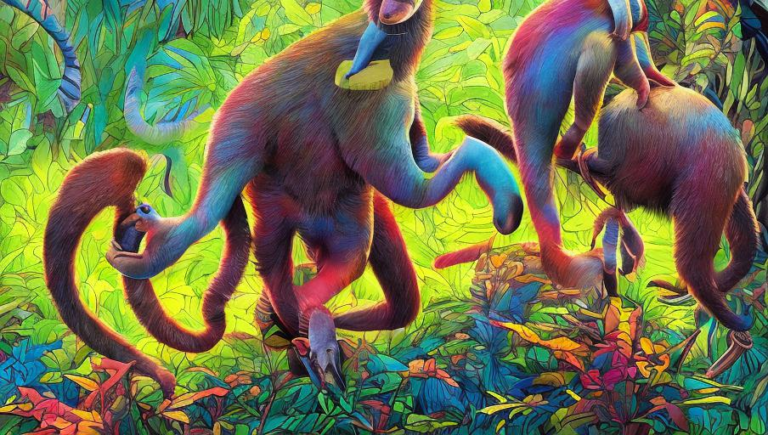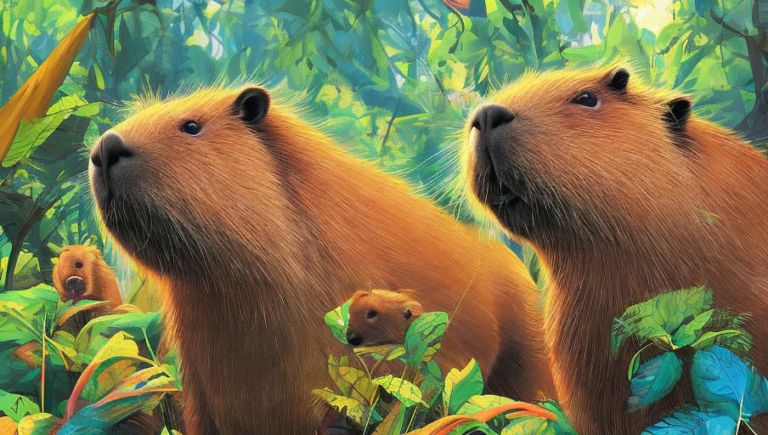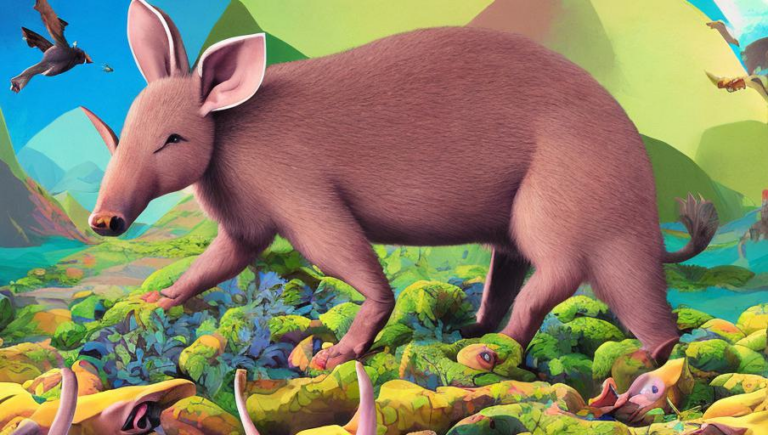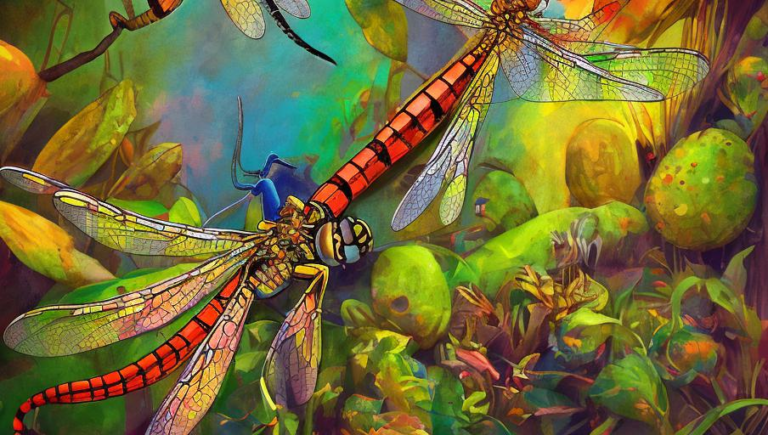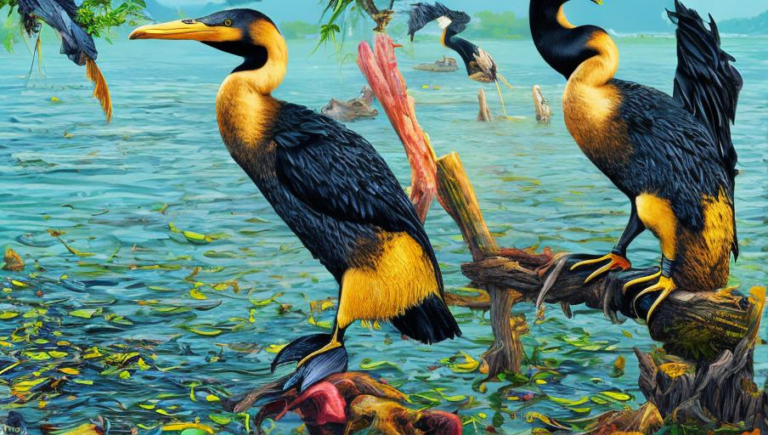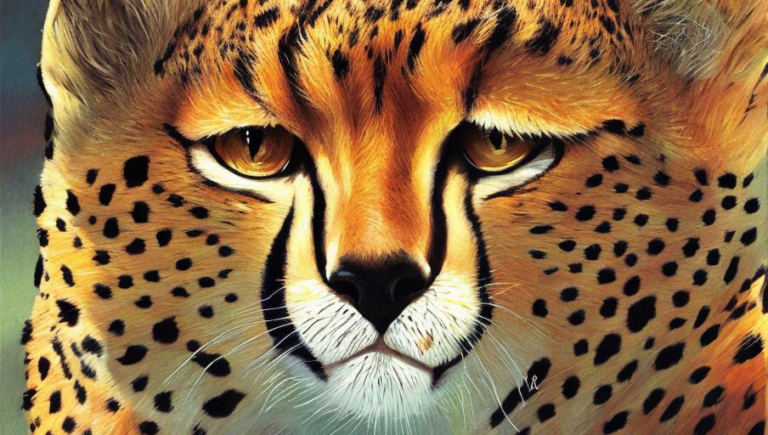Zoology: Uncovering the Habits of Doves
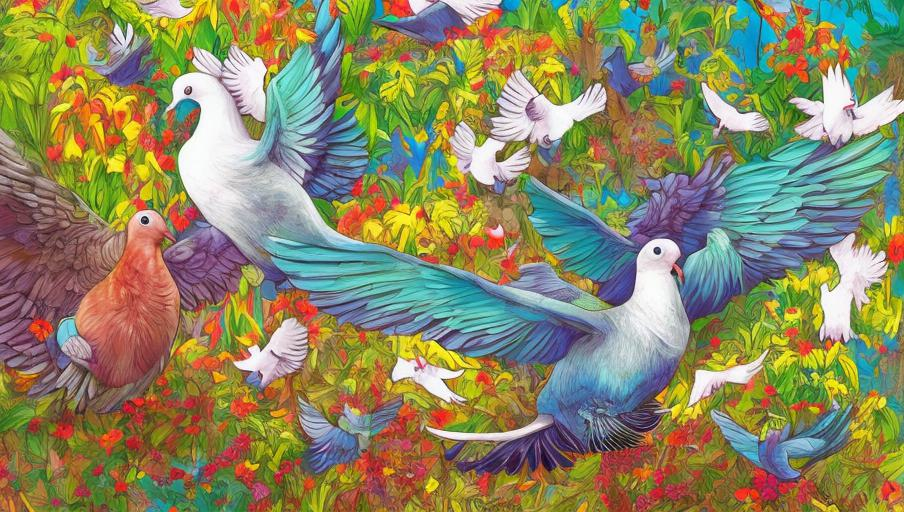
Introduction
Doves are one of the most recognizable birds in the world, with their gentle cooing and white feathers. They are a common sight in gardens and parks, and are also found in forests, fields, and open woodlands. But what do we really know about these gentle creatures?
Habitat and Diet
Doves are found throughout the world, in a wide range of habitats. They can be seen living in the northern and southern hemispheres, in temperate and subtropical climates. They require open spaces, such as parks and gardens, in order to forage for their food. Doves are omnivores, meaning that they eat both plants and insects. They can also be seen eating seeds, berries, fruits, and grains.
Behavior
Doves are often seen in pairs or small groups, and are known for their gentle nature. They are social creatures, and can be seen roosting in trees or on telephone wires. They are also known for their unique courtship displays, which involve cooing and bowing. Doves are monogamous, meaning that once two birds have paired up, they will stay together for life.
Breeding and Nesting
Doves build nests made of twigs, grasses, and other soft materials. They usually lay two eggs, which are incubated by both parents. The young hatch after two weeks, and the parents take turns feeding and nurturing their young. The chicks are ready to leave the nest after just four weeks.
Threats and Conservation
Unfortunately, dove populations are declining due to habitat loss and hunting. They are also vulnerable to predation from cats, rats, and other animals. To help protect these gentle creatures, it is important to create and maintain suitable habitats, and to reduce hunting and trapping.
Conclusion
Doves are gentle, social birds that can be found in a wide range of habitats. They are often seen in pairs or small groups, and are known for their unique courtship displays. Unfortunately, their populations are declining due to habitat loss and hunting, so it is important to take steps to protect these fascinating creatures.
